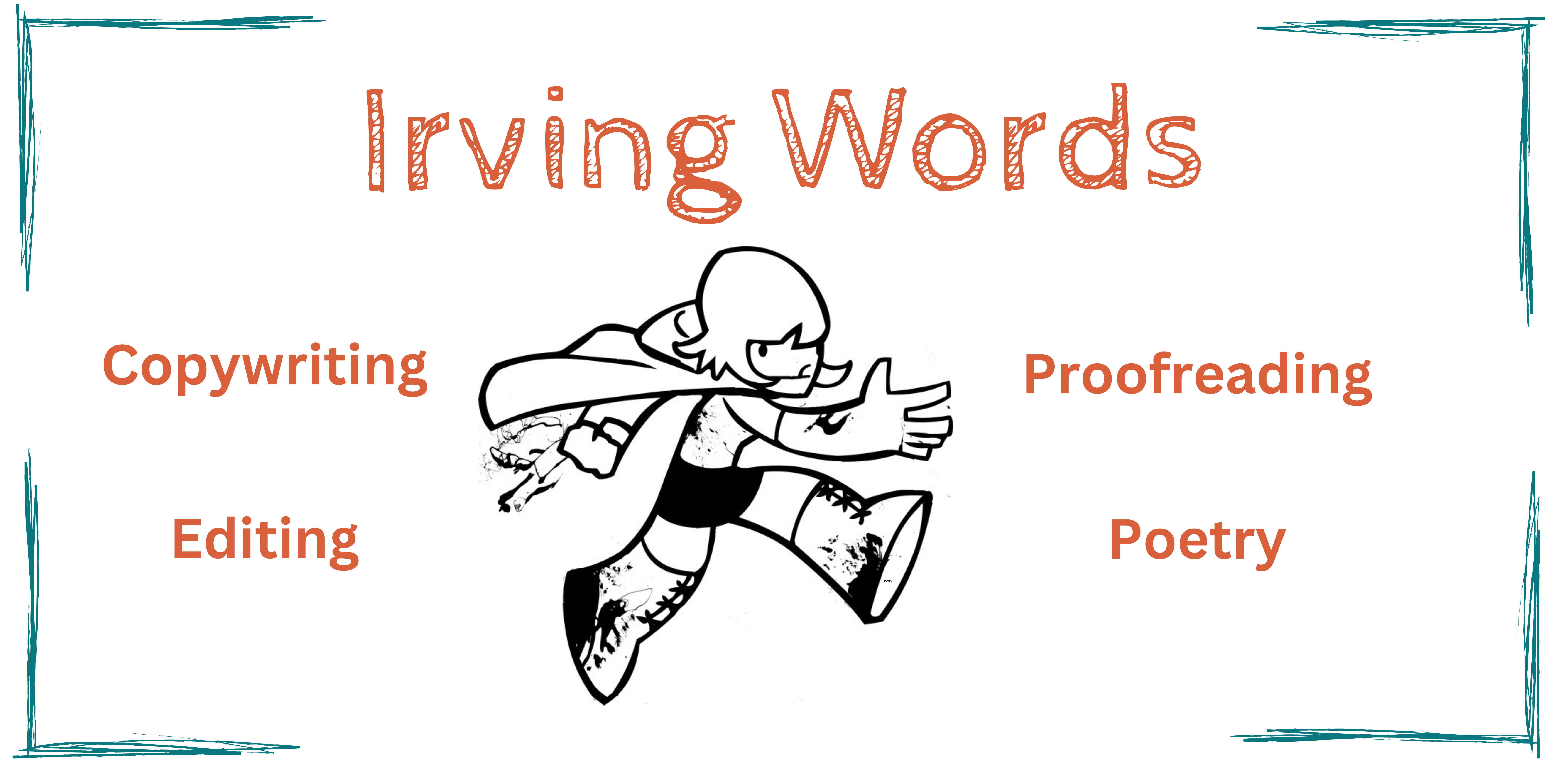
Ahead of New Year, I’ve just been enjoying this list of curious customs from around the world, which includes flaming scarecrows, holding parties in which everything must be round and wearing colourful underwear.
While for some of us, a good effigy-burning is all in a weekend’s work, these snapshots got me thinking. The themes running through these traditions are hope, prosperity and play, and this sense of youth and optimism runs through lively, energised writing.
Taking inspiration from the Danes and their New Year’s chair springing, I’ve come up with three short exercises which will hopefully see you leaping into the new year.
1. Discover a random poem a day.

There’s a reason writers in all forms keep banging on about the importance of poetry. Poetry disrupts language, and when you’ve been staring at a blank Word doc for an hour, nothing eases creative constipation like a spot of mucking about. Repetition, assonance, puns – poetry and copywriting have a lot in common.
It can be hard to know where to start with poetry, short of going to any books on the shelf and re-reading familiar pieces. So pick any non-poetry book on your shelf, flick through and take the first noun you find. Enter it into the Poetry Foundation website, or Poem Hunter and see what takes your fancy from the search results.
Read actively and trust your instincts – poetry is too often avoided because the reader feels their opinion is not justifiable, or that the piece is too complex for them. Good poetry should have something to say, whether you’ve read one or one thousand pieces in your life. Write down three things you like and three you don’t like about your chosen poem, to keep your critical faculties sharp.
2. Do a spot of collage.
Put aside notions of pasta pictures and conceptual pieces involving bodily fluids and bear with me on this one. Like poetry, the joy of collage (which can sometimes be poetry anyway) comes from disruption and discord, placing one text next to, or on top of, another to form a new creation altogether.
Lay aside twenty minutes, scissors, Pritt Stick and those old copies of National Geographic and let loose with surprising phrasing, clanging tonal shifts and the challenge of making sentences run on (or not). For copywriters not used to thinking about graphic design, playing with images and determining text placement on the page exercises a new part of your creativity.
And don’t worry about it not making perfect sense, as long as it conveys a sense. Here’s one I made earlier:

3. Brain splurge

In his book Copywriting: Successful Writing for Design, Advertising and Marketing, Mark Shaw recommends building a word bank at the start of each assignment. Once the brief has been cleared, and the tone of voice confirmed, write down every word that fits within those constraints, however tenuous.
As an exercise, I’ve always found this useful, particularly for long lists of product descriptions. Before your brain gets too tired, you can raid it for creative words and set them down to pick from later.
One way of playing with this when writing is to combine your word bank with images. Make a Pinterest board (or several), and fill it with any colours, expressions, pop culture references that fit with what you’re writing. Keep going at this for a few minutes, quickly and without overthinking things, and you’ll be surprised how far the branches reach from the original trunk of the brief, while still remaining relevant.
I’d love to hear your suggestions for rejuvenating weary writing (try saying that with a mouth full of stollen), so feel free to comment, tweet me at @KoftheTriffids or message me. Happy New Year everyone!
